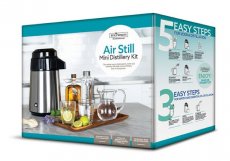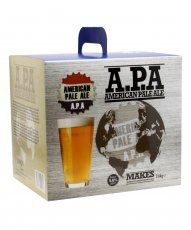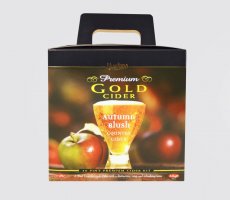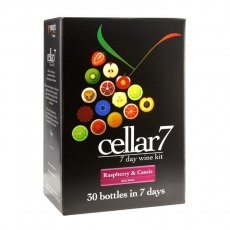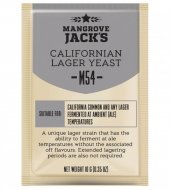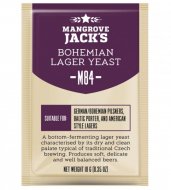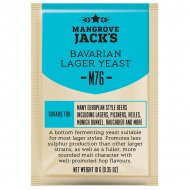Sign up to the Brew Mart newsletter for the latest news, offers & more
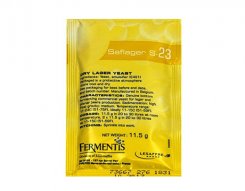
Lager Yeast
Brew Mart has several lager yeasts to choose from, ranging from your standard English lager yeast to specialist yeasts for American Steam Lagers or German lagers.
Typically, lager yeasts prefer cooler conditions than wine or beer yeasts. Whereas most beer or wine yeasts prefer temperatures around 20ºC (room temperature), lagers perform better and produce better results at lower temperatures.
Lager yeast fermentation temperature is usually around 15ºC. The cool temperature is why many home brewers struggle to get good results from a lager. Once they know the temperature difference required, they get much better results.
Many home brewers now brew lager in the winter months when temperatures are a bit cooler, and it is easier to keep the temperature down.
It also allows plenty of time for the lager to mature before drinking in the summer.
What are the differences between a lager and beer yeast?
- A beer yeast needs higher temperatures to ferment, typically room temperature around 20° C
- Beer yeast is top-fermenting, more vigorous and fast-acting.
- Lager Yeast is from the Saccharomyces Pastorianus yeast strain.
- A lager yeast ferments at a much lower temperature, around 15° C
- Lager yeast is bottom-fermenting, giving a much slower and calmer fermentation.
- A.lager yeast also typically ferments more of the sugars than ale yeast, leading to a crisper taste.
This selection of a cooler fermenting yeast may have occurred during successive rounds of cold-temperature fermentation resulting from a 16th-century Bavarian law that prohibited brewing during the summer months due to the inferior quality of summer-brewed beers.
Hops often enjoy the limelight when brewing craft beer. However, yeast is the foundation of your pint.
Brewing is not only the creation of alcohol. Yeast produces the flavour and aroma compounds in the finished lager.

